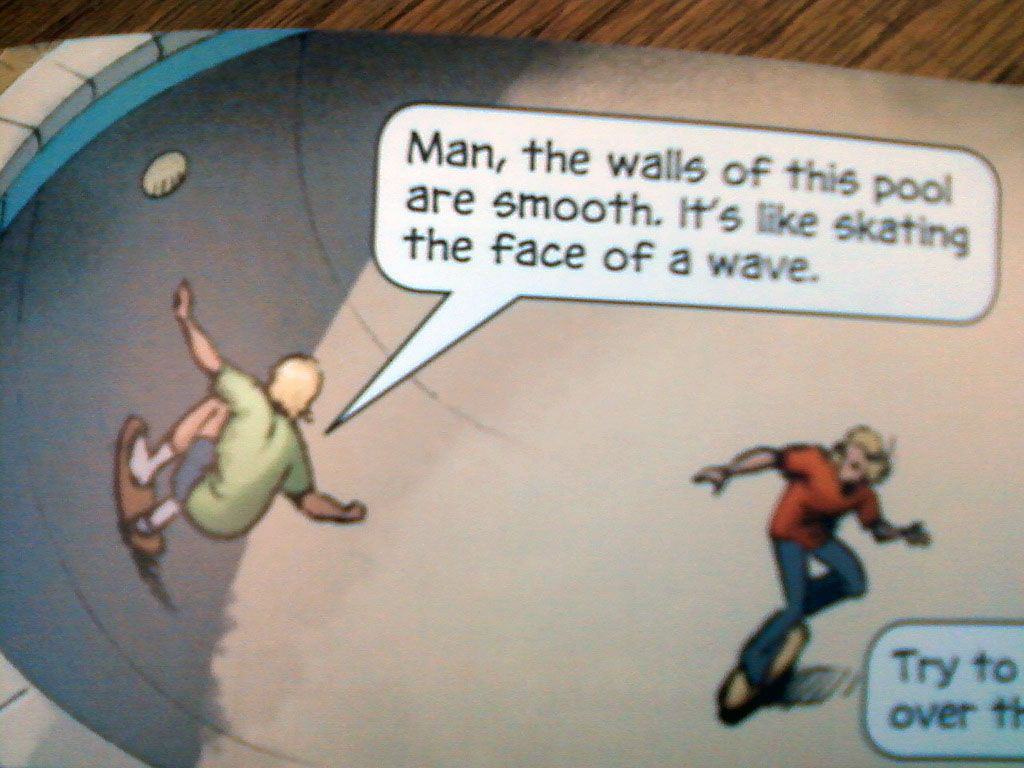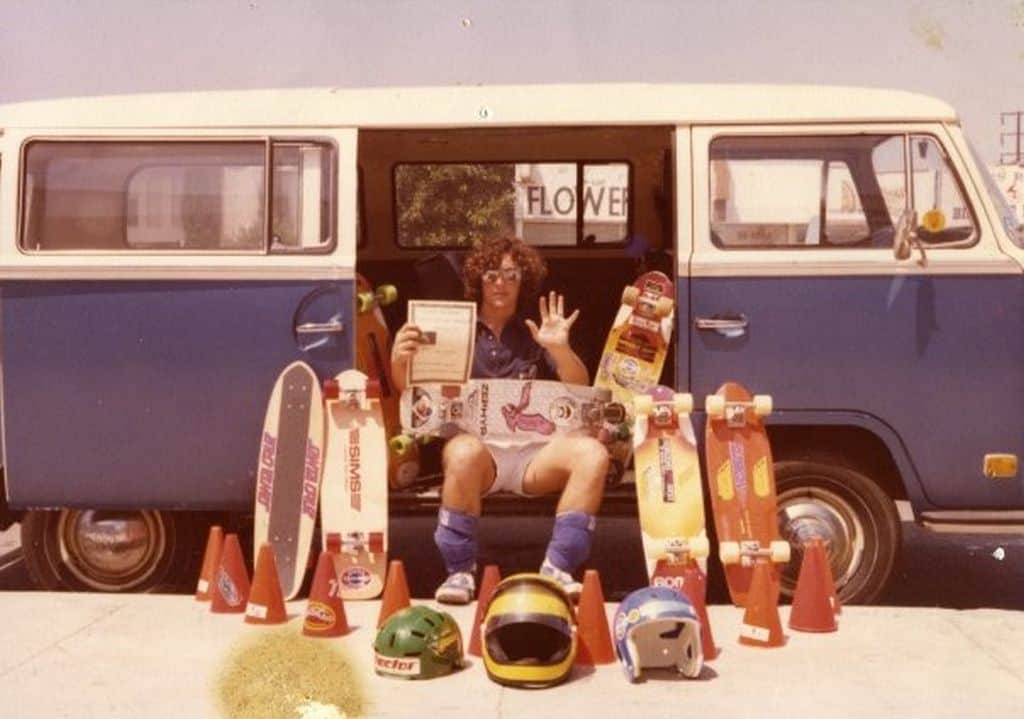Author Iain Borden (“Skateboarding, Space and the City: Architecture and the Body”) writes about the importance of Z-flex skateboards and decks during the late 1970s era in Dogtown/Santa Monica, California. The “introduction of concave profiles” across deck widths’ changed the future of skateboarding. And designers at Z-flex – skateboarders with intense performance objectives in mind – continued to shape and mold the sport.
In short, these fathers of skateboarding originally and continually influenced the sport over the years since its inception.
Z-Flex was originally fused deeply into the local surfboard and surfing culture. They naturally branched out to skateboards as urethane wheels were invented. Land surfing was just as challenging a sport as its marine-based equivalent. The rush of wind experienced at great speeds was just as heady on land as on the waves.
Zephyr Skateboards and the Original “Z-Boyz”
Jeff Ho, Craig Stecyk, Kent Sherwood (the stepfather of Jay Adams), and Skip Engblom never looked back. They created the first Zephyr skateboards at Sherwood’s fiberglass studio. The lighter, durable material (versus up to nine layers of wood) brought new speed to skateboarders.

“Street skating” took on a whole new meaning as the Z-Boyz designed for aggressive speed and responsive handling.
California Droughts
A long dry spell in California caused people to drain swimming pools and the Z-Boyz saw an opportunity to drive skateboarding into the pools! Playground, country club, or backyard pools became the ideal place to practice and perfect incredible skateboard moves.

The association between pools and skateboarding began then, according to author Cole Louison. (“The Impossible”) The “anti-establishment” views of many skateboarders of the day derived from the police of the day monitoring skateboarding and skateboarders.
Innovation and Street-Smart Product Design
Any study of skateboarding since the 1970s shows that Z-Flex’s innovators changed the sport. For example, urethane wheels replaced clay versions. Urethane enabled the fastest possible ride and made the experience of the street a little like skating on super gravity-resistant ice. The “abrasion-resistant” Z-Smooth promoted the kind of exhilarating skateboarding experience users were looking for.
Of course, Z-Flex ultimately shaped other kinds of skating, too. Today’s skates are not your dad’s “roller rink” quads!
Skateboarding: Catch the Wave
Jay Adams, now more than ever, brings his “always improve, never surrender” vision to the sport. His classics, cruizer and pool boards, are used by skateboarders all over the world who simply demand “Z-Flex best.”

Skateboards never went out of fashion, unlike other skating forms. According to the Skate Park of Tampa, new (age ten and under) skateboarders account for about seven percent of their local population. An almost equal amount of skateboarders are aged 20 to 29, whilst an impressive nineteen percent are aged 40 and older.
Continuous Performance-Based Improvements
Z-Flex’s continued performance-inspired innovations are lead by an amazing 3rd Generation Team, including Jimmy Plumer, Butch Sterbins, and George Wilson. They’re still enjoying the thrills of skateboarding and adding their perspective to continually improve Z-Flex’s products each year.


The Z-Flex collection is also mine. Should say “Photo: Bob Bekian” (thats my collection and photo). Not ” Later Dudes”.
Fixed, thanks for the heads up!